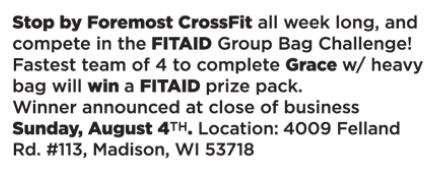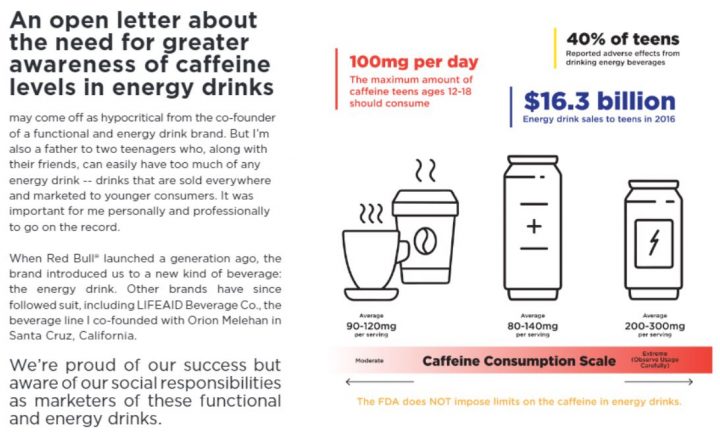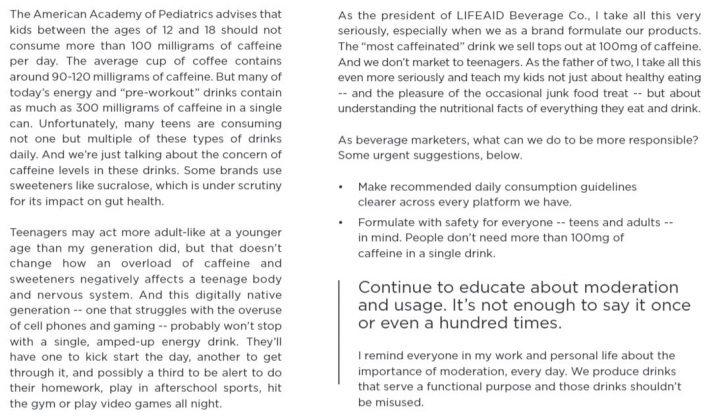After this past year of being in the dark as to what the new season’s format would mean for the 2019 Reebok CrossFit® Games, athletes and fans finally got some answers today. Here’s your official recap of event wins, upsets, highlights, Leaderboards and photos from Day 1 of competition!
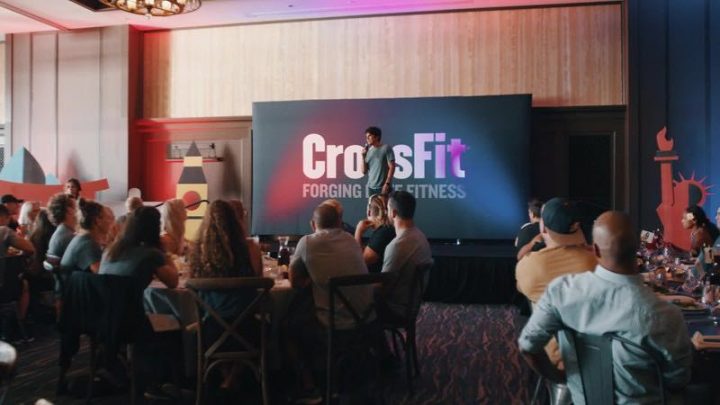
EVENT ANNOUNCEMENT
This morning kicked off in Madison, Wisconsin, with Dave Castro announcing to a packed room of athletes that they would need to head on over to CrossFit mainsite (CrossFit.com) to discover the workout for Individual Event 1 (which ended up being today’s scheduled WOD, posted since yesterday evening). Castro entitled the event “First Cut,” due to the fact that only the top 75 athletes would be advancing in the competition.
INDIVIDUAL EVENTS – DAY 1
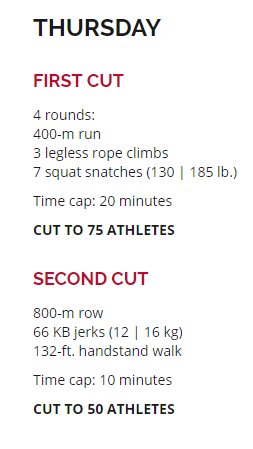
TEAM EVENTS – DAY 1
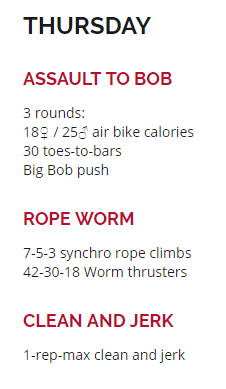
TEAM EVENT 1: ASSAULT TO BOB
As anticipated, Mayhem Freedom—led by Rich Froning—came out with a dominant Event 1 performance, making short work of “Big Bob” and showing the Team competition who’s boss. After 3 rounds of air bike calories, 30 toes-to-bar, and a Big Bob push, fan-favorites Invictus Boston tied for 6th with Team Don’t Stop.

Event 1 – Men’s Individual: First Cut
Wildcard Hunter McIntyre finished the first 400m run first, entering the coliseum with a lot to prove as he started chipping away at the remaining work in Event 1. But it was fellow Wildcard, Ben Smith, and 11-time CrossFit Games athlete who really set the pace in Heat 1 with a time of 16:28, a time which landed him an overall 8th place finish after the dust settled from the final heat. McIntyre finished 46th overall.
After his Heat 2 win in Event 1, James Newbury remarked, “I feel really good. That type of workout really suits me.” A fact which anyone watching the event was able to clearly see, as Newbury somehow made Event 1 look easy with a time of 16:21 for 6th place overall.
2018’s Fittest Man on Earth Mat Fraser came out and made sure everyone knew he came to play in Event 1, finishing all 4 rounds in 15:07 for the event win.
*WD: Frederik Aegidius withdrew for competition.

Both James Newbury and Jacob Heppner looked like majestic sweaty beasts while snatching in their final rounds.


Event 1 – Women’s Individual: First Cut
There was no doubt from the second the buzzer rang that 2018’s Fittest Woman on Earth Tia Toomey was going to take this event. Her performance was dominant and strong.
Meanwhile, 18-year-old Haley Adams made her debut in the Individual Women’s division with an impressive 4th place finish in Event 1, as one of the only 4 women to even finish the event before the time cap.
Kari Pearce looked strong in the first event with her 2nd place finish nearly 2:00 under the time cap. While fan-favorites and Games veterans Samantha Briggs and Laura Horvath pushed their way through a grueling first event to sit in 8th and 16th—respectively—overall.

Event 2 – Teams: Worm Thruster
Another overall event win for Mayhem Freedom, led by the G.O.A.T. Rich Froning, 0:30 ahead of X-Terminators‘s second-place time of 16:25. Back-to-back 1st place wins has to feel good heading into final Event 3 on Day 1 of competition.

Team Vondelgym and Don’t Stop putting in work to finish Team Event 2 strong.

Event 3 – Teams: Clean & Jerk
Real shocker here, Mayhem Freedom stole 2nd place overall in Event 3 with a 1,120 lb. Clean & Jerk total for the team to further secure their 1st place spot overall. Invictus took 1st in the event with 1,160 lb. total, pushing them up to 4th place overall on the Team Leaderboard.


FINAL LEADERBOARD AFTER DAY 1 OF TEAM COMPETITION:
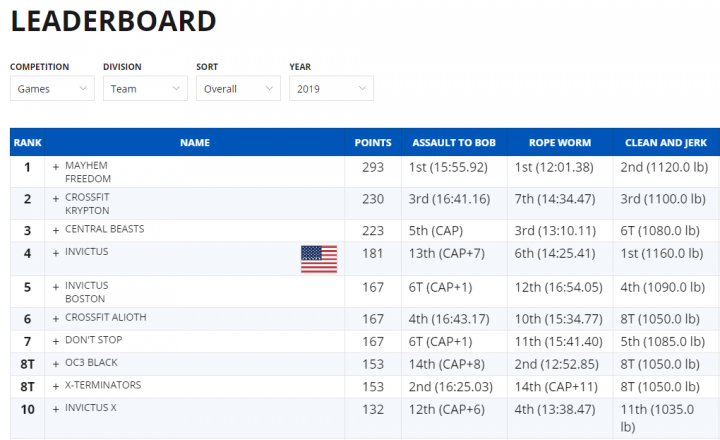
Event 2 – Men’s: Second Cut
True to form, Mat Fraser took a back-to-back 1st-place finish, looking dominant as ever alongside 4th-place finisher overall James Newbury, 5th place athlete and Wildcard Ben Smith, and top-10 finisher Jacob Heppner. His magic mullet proved to be good luck for wildcard Hunter McIntyre who tied for 72nd in Event 2, landing him outside of a qualifying spot and ending his chance of moving into Day 2 of competition. We’re all damn proud of you, Hunter — you can now add CrossFit Games athlete to your resume. (Look forward to seeing more of Hunter around the FITAID Morning Show throughout this weekend.)


FINAL TOP-10 LEADERBOARD AFTER DAY 1 OF INDIVIDUAL MEN’S COMPETITION:
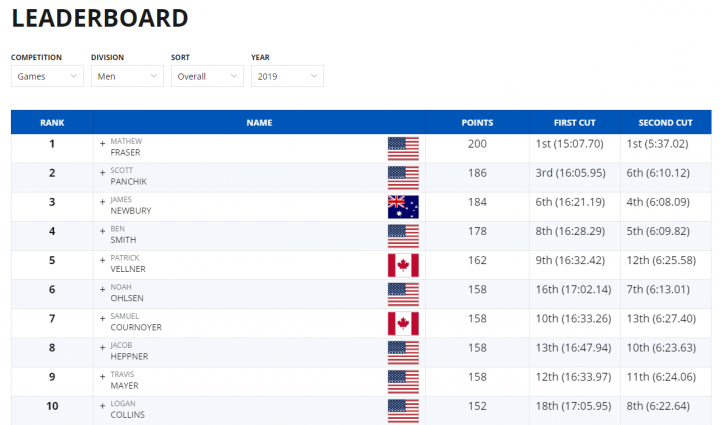
Event 2 – Women’s: Second Cut
Sara Sigmundsdóttir came out hungry to redeem her 40th place Event 1 finish—she led Heat 1 for most of Event 2 which consisted of an 800m row, 66 KB jerks, and a 132-ft. handstand walk. However, a fail just a few feet from the finish line sent Sigmundsdóttir back to that last section of the handstand walk and landed her an over finish of 17th place with a time of 7:17.


After the dust settled on the second (final) heat for the women …
- Danielle Brandon got her first-ever event win with a time of 6:16, after demonstrating some serious smooth sailing on her handstand walks.
- Toomey surprised us all by shaking up the Leaderboard, talking 12th in the event, and now site in 3rd place overall.
- Sam Briggs struggled with the final handstand walk, but finished the event until the 10:00 time cap and sits in 22nd place overall as we head into the weekend.
- Kari Pearce, who has never been the overall leader at the CrossFit Games, now sits in 1st place in the Women’s Division and will put on the coveted white Leader’s jersey as we head into the weekend.
FINAL LEADERBOARD AFTER DAY 1 OF INDIVIDUAL WOMEN’S COMPETITION:

CONCLUSION
While Mat Fraser may once again be sitting pretty atop the Leaderboard after Day 1, podium-hopefuls like James Newbury, Ben Smith, Scott Panchik and Patrick Vellner proved they came to put up a fight. Toomey will no-doubt quickly rise to the challenge of working her way up from her current 3rd place overall, sitting just below Annie Thorisdottir who sits in 2nd overall after a 6th place and 5th place finish in Events 1 and 2. Now 26th overall at the end of Day 1, Iceland’s Sara Sigmundsdóttir said with a smile, “It can never start well, right?” Sigmundsdóttir seems eager to work her way up the Leaderboard over the next three days, and we are confident she will.
With the field narrowed to 50 male and 50 female athletes after Day 1, there are still a lot of events yet to come and plenty of chances for athletes and teams to shake up the standings. Hold onto your wrist wraps, the excitement is just beginning as we wrap up the first of four full days of competition here at the 2019 Reebok CrossFit Games.
GOOD LUCK, athletes — the Games have officially begun!













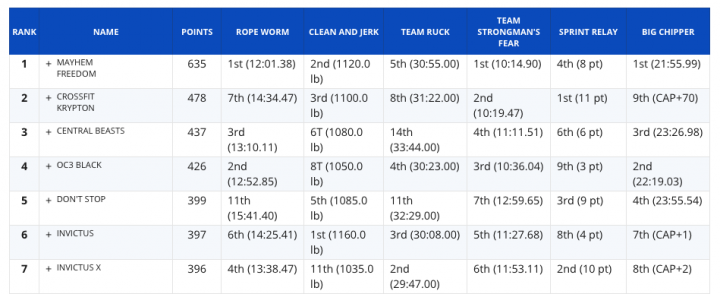



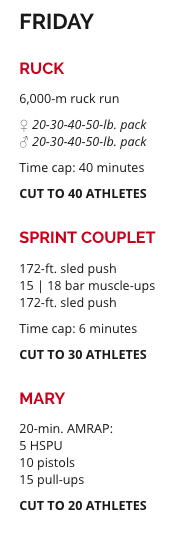
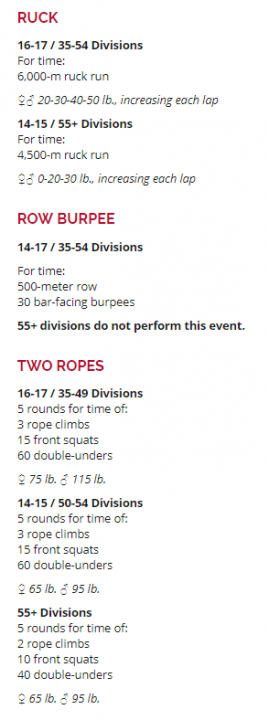







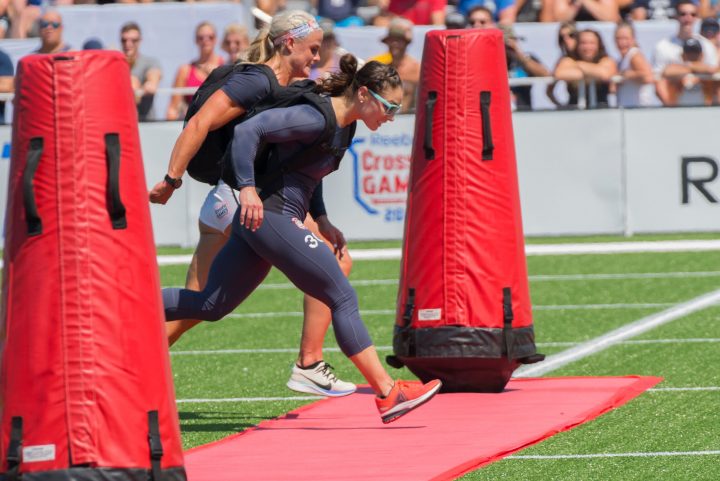

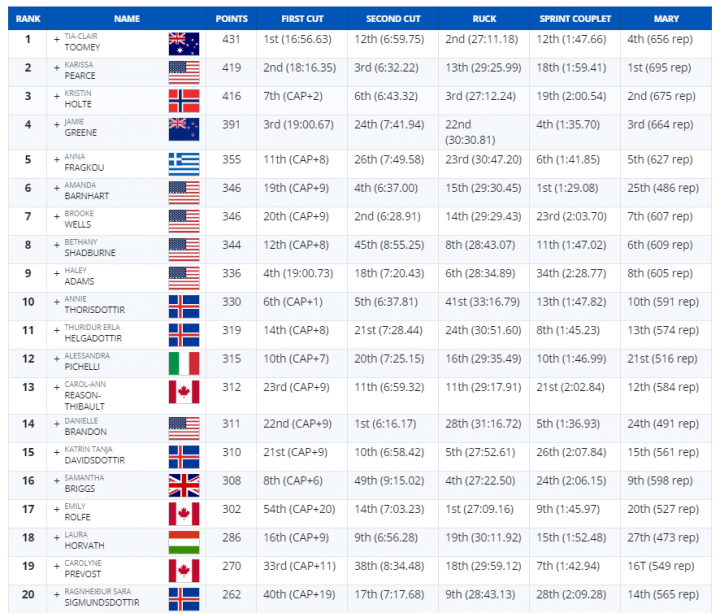
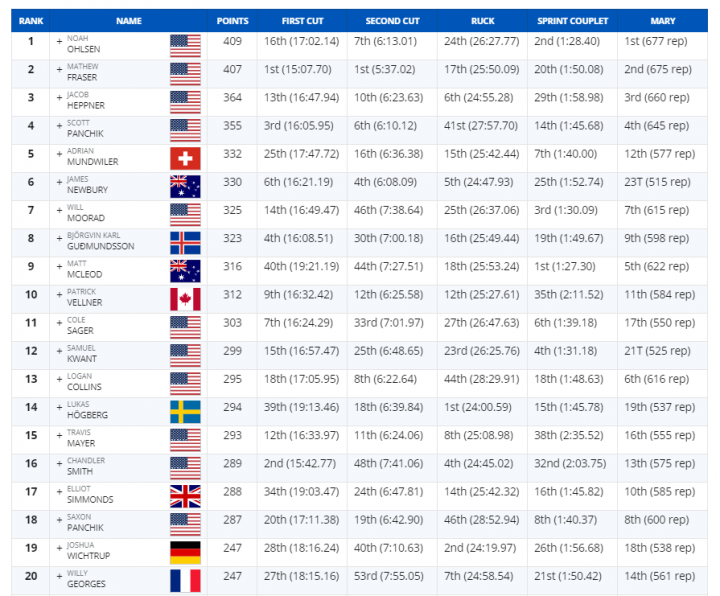
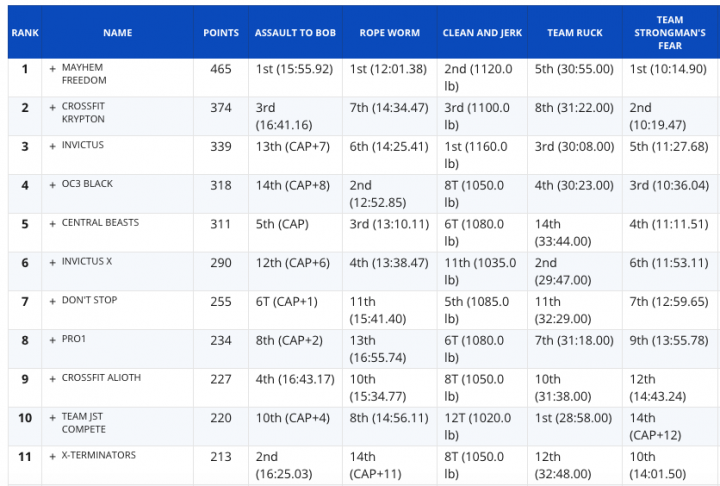

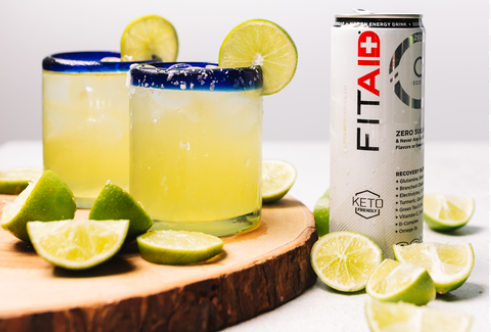


 (Yields: 1 serving)
(Yields: 1 serving)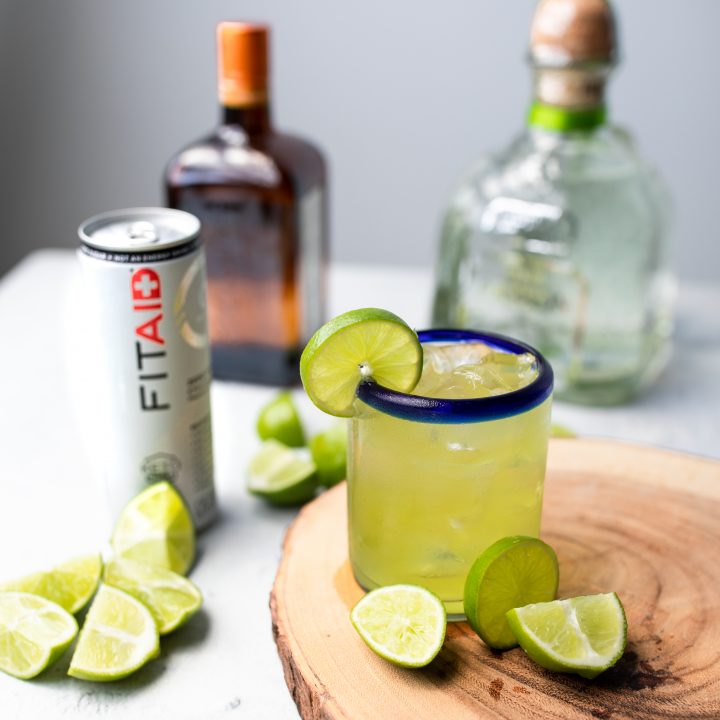



 Learn more about the new sugar-free Recovery Blend FITAID ZERO and shop now at LIFEAIDBevCo.com/Zero
Learn more about the new sugar-free Recovery Blend FITAID ZERO and shop now at LIFEAIDBevCo.com/Zero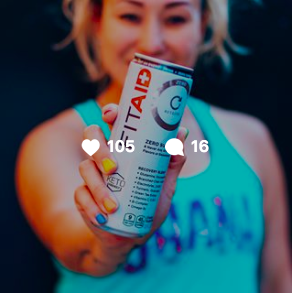
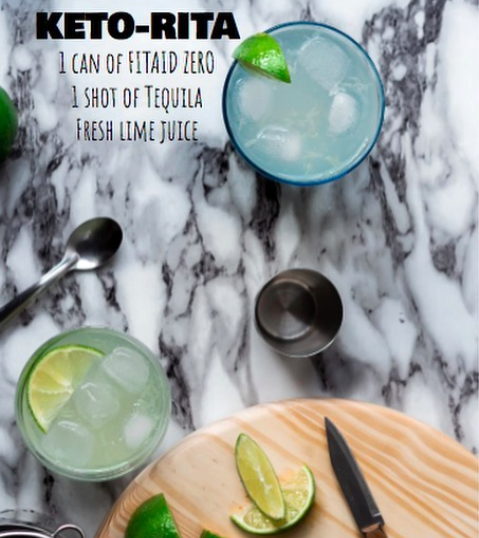
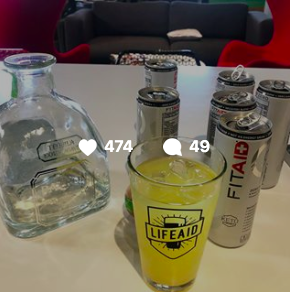
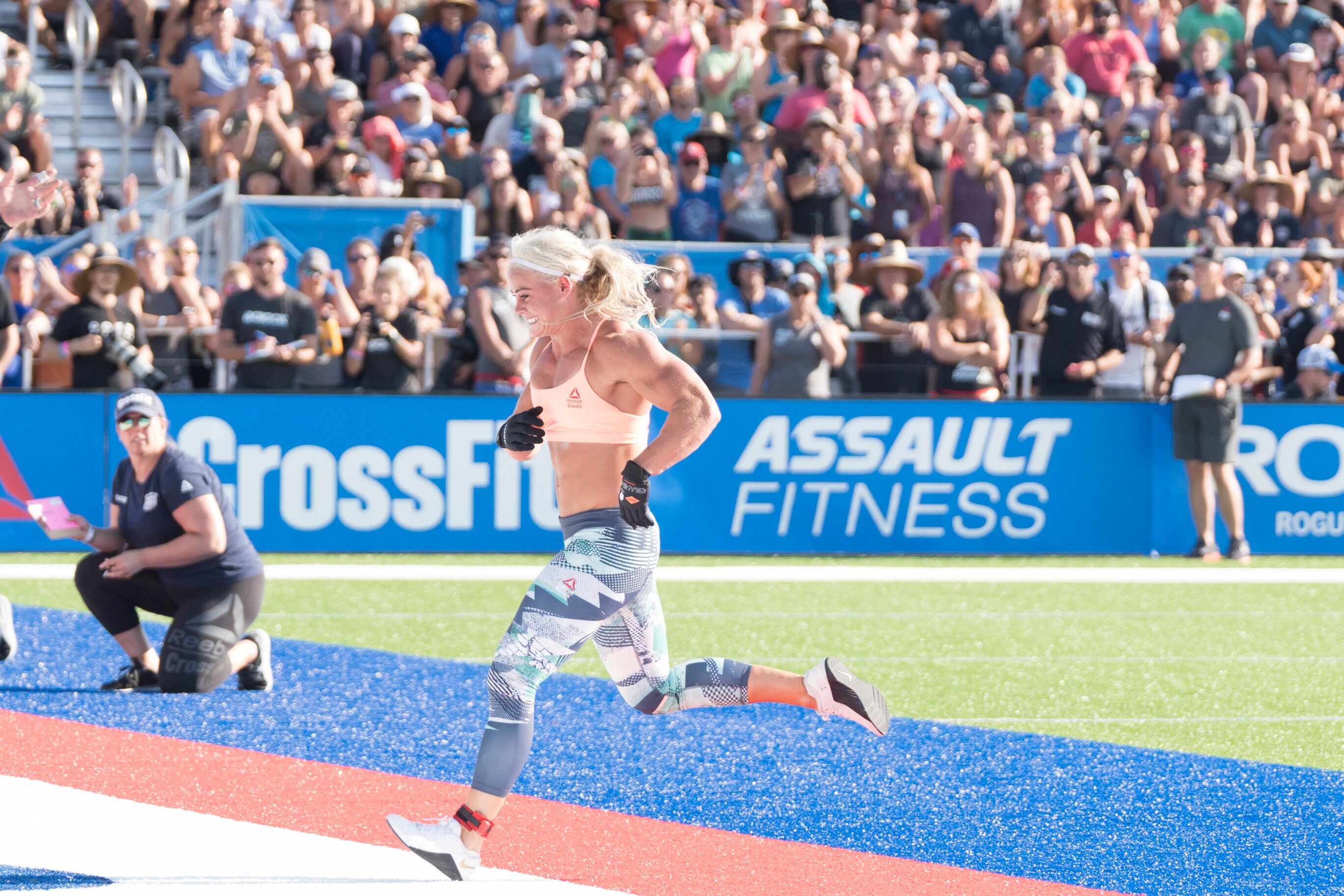






















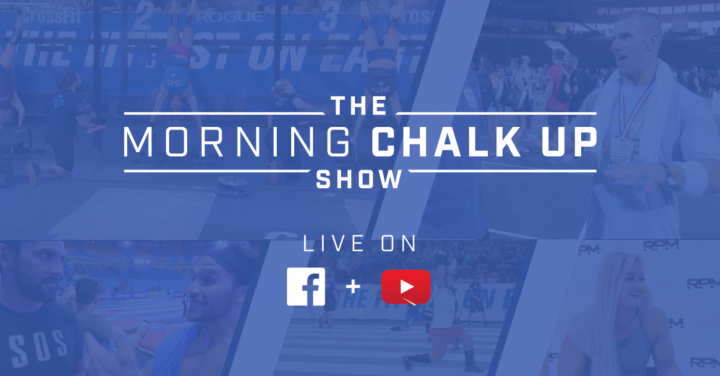

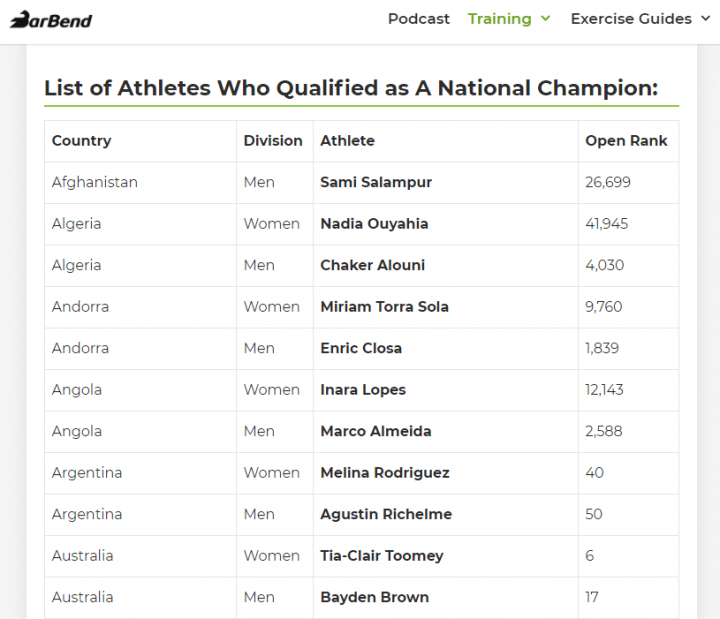
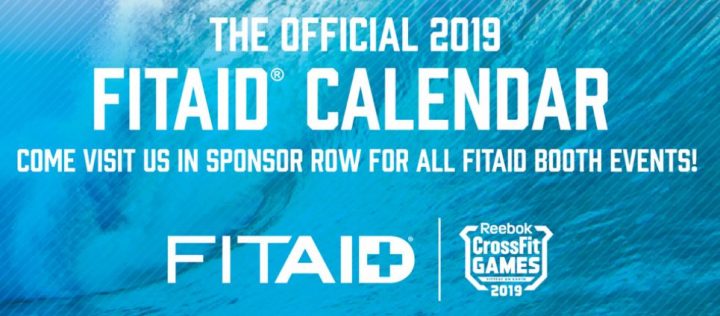



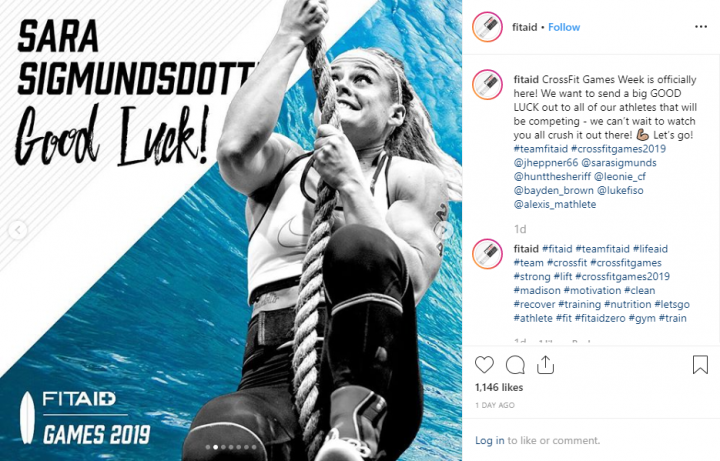
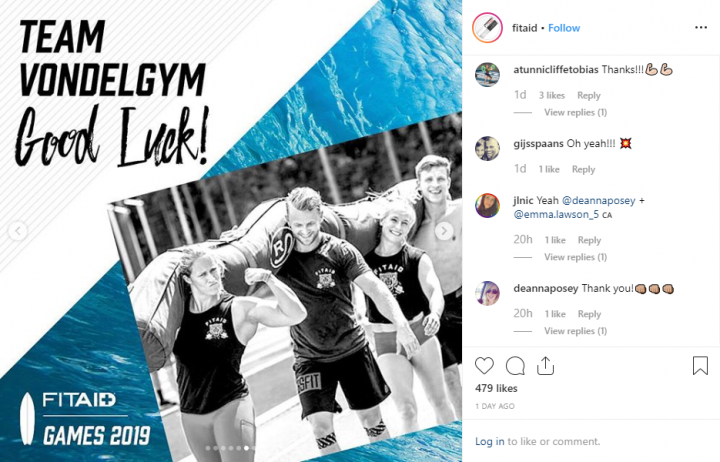

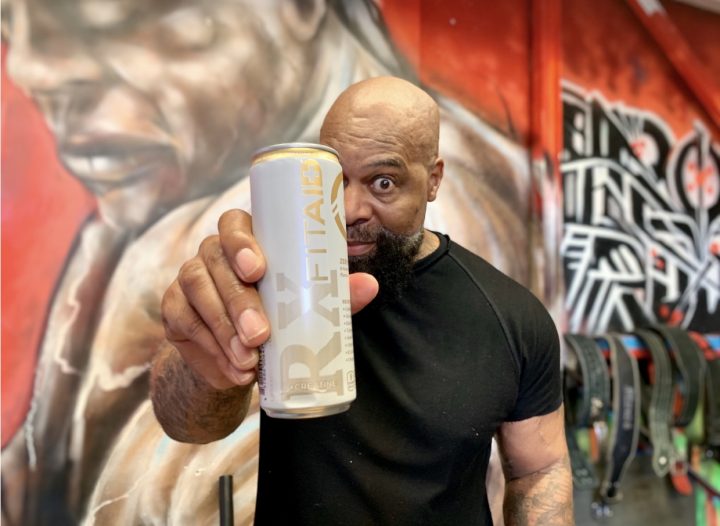




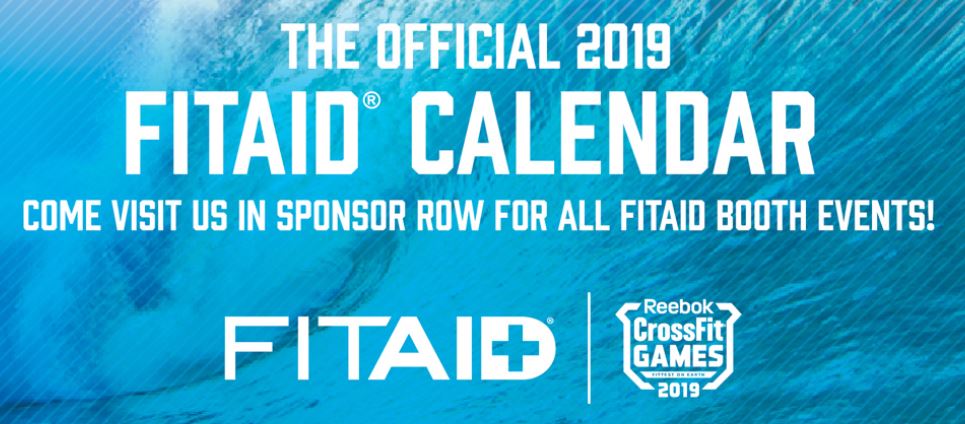
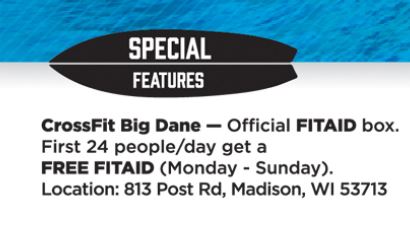
 ________________________________________
________________________________________ 